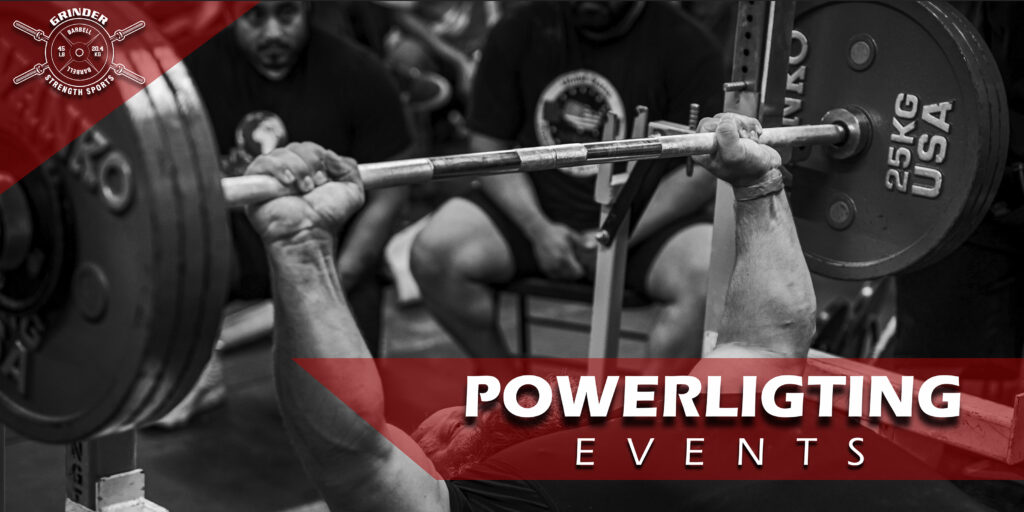Non-linear progression, also known as undulating progression, is an advanced training method best suited for more experienced lifters with 1-2 years of consistent training under their belts. Unlike linear progression, which involves adding a small amount of weight each session or week, non-linear progression varies the training load and volume throughout the week or training cycle. This method helps to prevent plateaus, reduce the risk of overtraining, and provide a more complex stimulus to promote continuous strength gains.
Key Components of Non-linear Progression
Variable Intensity and Volume
- Changing Loads: Non-linear progression involves varying the weight lifted and the number of repetitions performed in each session. For example, a lifter might perform heavy, moderate, and light sessions within the same week.
- Adaptation and Recovery: By fluctuating intensity and volume, non-linear progression allows for better adaptation and recovery, reducing the risk of overuse injuries and mental fatigue.
Mixed Training Stimuli
- Different Rep Ranges: Incorporating different rep ranges within the same training cycle targets various aspects of strength and hypertrophy. For example, low reps (1-5) for maximal strength, moderate reps (6-12) for hypertrophy, and higher reps (12-20) for muscular endurance.
- Versatility: This method can be adapted to suit the specific needs and goals of the lifter, making it a versatile approach for continuous improvement.
Flexibility
- Adjustable: Non-linear progression allows for adjustments based on the lifter’s recovery and performance. If a lifter feels particularly fatigued, the program can be modified to include lighter sessions or additional rest.
- Responsive to Feedback: Lifters can use subjective measures like Rate of Perceived Exertion (RPE) to adjust their training loads dynamically, ensuring they are neither under-training nor over-training.
Benefits of Non-linear Progression
Prevents Plateaus
- Continuous Adaptation: By constantly changing the training stimulus, non-linear progression helps to avoid plateaus that can occur with more predictable training patterns. The body is regularly challenged in different ways, promoting ongoing adaptation and growth.
Enhanced Recovery
- Balanced Training: Alternating heavy and light days allows for periods of recovery, reducing the cumulative fatigue that can build up with consistent heavy lifting. This balanced approach helps maintain overall training intensity while minimizing the risk of overtraining.
Targeted Adaptations
- Comprehensive Development: By mixing rep ranges and intensities, non-linear progression targets various muscle fibers and energy systems, leading to improvements in both strength and hypertrophy. This comprehensive approach ensures well-rounded development and addresses potential weaknesses.
Example Non-linear Progression Program
Weekly Training Schedule
- Monday (Heavy Day):
- Squat: 3 sets of 3 reps at 90% of 1RM
- Bench Press: 3 sets of 3 reps at 90% of 1RM
- Deadlift: 3 sets of 3 reps at 90% of 1RM
- Accessory Work: Moderate volume, focusing on supporting muscles
- Wednesday (Light Day):
- Squat: 3 sets of 10 reps at 70% of 1RM
- Bench Press: 3 sets of 10 reps at 70% of 1RM
- Deadlift: 3 sets of 10 reps at 70% of 1RM
- Accessory Work: Light volume, focusing on mobility and technique
- Friday (Moderate Day):
- Squat: 3 sets of 5 reps at 80% of 1RM
- Bench Press: 3 sets of 5 reps at 80% of 1RM
- Deadlift: 3 sets of 5 reps at 80% of 1RM
- Accessory Work: Moderate volume, focusing on hypertrophy
Tips for Implementing Non-linear Progression
- Monitor Performance and Fatigue: Keep track of your performance and how your body feels throughout the training cycle. Use tools like RPE to gauge your exertion levels and adjust your training loads accordingly.
- Be Flexible: While having a structured plan is important, be prepared to adjust your training based on how you feel. If you’re particularly fatigued or sore, consider reducing the intensity or volume for that session.
- Prioritize Recovery: Ensure that you’re giving your body adequate time to recover between sessions. This includes getting enough sleep, maintaining proper nutrition, and incorporating recovery techniques like stretching and foam rolling.
- Use a Training Log: Document your workouts, including the weights lifted, sets, reps, and how you felt during each session. This will help you identify patterns, make informed adjustments, and track your progress over time.
- Focus on Technique: With the varying intensities and volumes, maintaining proper technique is crucial to prevent injuries and ensure effective training. Consider working with a coach or experienced lifter to refine your form.
Conclusion
Non-linear progression is an advanced training method that provides a dynamic and flexible approach to strength development for experienced powerlifters. By varying the intensity and volume throughout the training cycle, lifters can prevent plateaus, enhance recovery, and achieve targeted adaptations in strength and hypertrophy. This method’s versatility and adaptability make it an excellent choice for those looking to continue progressing after their initial gains with linear progression. Embrace non-linear progression to keep your training challenging, effective, and enjoyable, paving the way for continued success in powerlifting.




Comments are closed